Within the realm of organization and efficiency, a tool tray is an essential component for professionals and enthusiasts alike, ensuring that tools are neatly arranged and readily accessible. These trays are not just containers but are designed to enhance productivity by keeping tools in an orderly fashion. The versatility of tool trays extends beyond mere storage; they are pivotal in maintaining an organized workspace, whether it be in a professional garage or a personal workshop.
Types and Characteristics of Tool Trays
The spectrum of tool trays encompasses a range of products tailored to various professional needs. For instance, the socket organizer tray is a mainstay in automotive workshops, with each slot designed to cradle sockets of varying sizes securely. This precision prevents the clutter and confusion that can arise from loose sockets rolling around a drawer. In contrast, the kitchen utensil drawer organizer caters to the culinary industry, with compartments often designed to accommodate the unique shapes and sizes of kitchen gadgets. For those in mobile trades, magnetic trays offer a dynamic solution, leveraging the power of magnetism to keep metal tools in place, even on the go. The toolbox socket organizer is a hybrid of portability and organization, ensuring that even when tools are transported, they remain orderly and accessible. Each type of tool tray is a testament to the ingenuity of design, aimed at solving specific organizational challenges presented in various professional settings.
Structure and Operation of Tool Trays
The structure of a tool tray is a critical aspect of its functionality. Take the socket tray organiser, which may feature a base with raised posts or recessed niches where sockets snap into place. This design ensures that each socket is held firmly, yet is easily removable when needed. The operation of these trays is intuitive; tools are placed into their designated spots and are held there until manually removed. In the case of a kitchen utensil drawer organizer, the structure might include adjustable dividers, allowing for customization based on the size and quantity of utensils. The operation of these organizers is designed to be as simple as possible, minimizing the time and effort required to maintain an orderly space.
Materials and Their Properties
The materials used in tool trays are selected for their durability, weight, and environmental impact. Stainless steel is a popular choice for its robustness and ease of cleaning, making it ideal for heavy-duty use in environments like automotive workshops. Plastic, favored for its versatility and lightweight nature, is commonly used for indoor utensil organizers. It's also non-corrosive and can be molded into various shapes and sizes, allowing for highly customized tray designs. The use of magnets in magnetic socket organizers showcases an innovative approach to tool storage, utilizing magnetic fields to secure tools in place, which is particularly useful in preventing tool loss in dynamic work environments.
Business Usages and Applications
Tool trays find their place in a multitude of business settings. In the automotive industry, the tool chest socket organizer is a game-changer, enabling mechanics to quickly locate the correct size socket, thereby reducing downtime and increasing productivity. In commercial kitchens, a kitchen utensil drawer organizer helps in maintaining hygiene and order, which is crucial in high-paced, high-volume cooking environments. These organizers not only streamline the workflow but also contribute to workplace safety by reducing clutter and the potential for accidents. In retail, visually appealing utensil trays can be used to display products, making them more attractive to customers and potentially increasing sales.
Functions and Tasks
The primary function of a tool tray is to organize and secure tools, but its tasks extend beyond mere storage. A socket organizer is designed to hold each socket in a designated spot, which can be particularly helpful during fast-paced repair jobs. In the culinary world, a utensil drawer organizer separates and protects delicate cooking instruments, allowing chefs to quickly find what they need without damaging other utensils. These trays are designed with the specific tasks of their intended profession in mind, providing a tailored solution to improve efficiency and productivity.
Features and Unique Selling Points
Each tool tray comes with its own set of features that cater to different needs. For example, a magnetic socket organizer may feature a rubberized base to prevent sliding on metal surfaces, while a harbor freight socket organizer might boast an ultra-durable construction to withstand the rigors of a busy shop. These unique selling points are not just about differentiating products in the market; they are about providing specific solutions to the unique challenges faced by professionals in different industries.
Benefits and Positive Outcomes
The use of a tool tray brings about numerous benefits. For professionals, it translates to increased efficiency and a reduction in tool misplacement. For businesses, this efficiency can lead to cost savings and a more streamlined operation. On a broader scale, the organization facilitated by tool trays contributes to a safer work environment, as well-organized tools are less likely to cause accidents. The psychological benefits are also significant, as a well-organized space can reduce stress and improve overall job satisfaction.
How to Use Your Tool Tray Effectively
To use a tool tray effectively, one must first consider the layout of their workspace and the frequency of tool usage. Placing the tray in a location that is easily accessible without disrupting the workflow is key. For a socket tray, organizing sockets in ascending or descending order can save time during a task. In a kitchen, placing the utensil organizer near the preparation area can streamline the cooking process, making it more efficient and enjoyable.
How to Choose the Right Tool Tray
Choosing the right tool tray involves understanding the specific needs of your workspace. Consider the types and sizes of tools you use, the environment in which you work, and how often you need to access each tool. A mechanic might opt for a socket set organizer with a locking mechanism to secure tools in place, while a chef might prefer a kitchen utensil drawer organizer with adjustable compartments to accommodate a variety of utensil sizes.
How to Clean and Maintain Your Tool Tray
Maintaining a tool tray is essential for its longevity and functionality. For metal trays, using a damp cloth with mild detergent can keep it clean without causing rust. For plastic trays, regular cleaning with soap and water can prevent the buildup of grease and grime. A magnetic socket organizer may require a wipe with a dry cloth to remove metal shavings that could interfere with its magnetic properties.
Exploring the vast selection of tool trays on Alibaba.com reveals a commitment to providing organizational solutions that cater to a wide array of professional and personal needs. The diversity in design, material, and functionality ensures that there is a tool tray suitable for every requirement, without the need for a one-size-fits-all approach.
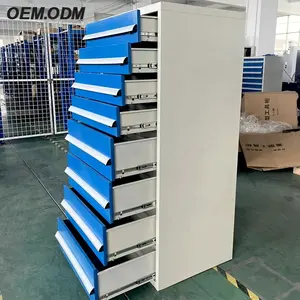





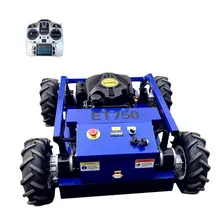


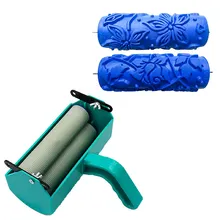
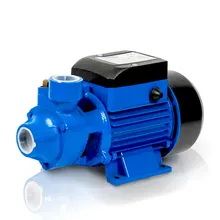






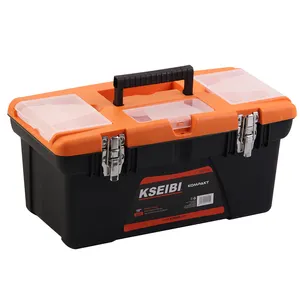
























 浙公网安备 33010002000092号
浙公网安备 33010002000092号 浙B2-20120091-4
浙B2-20120091-4